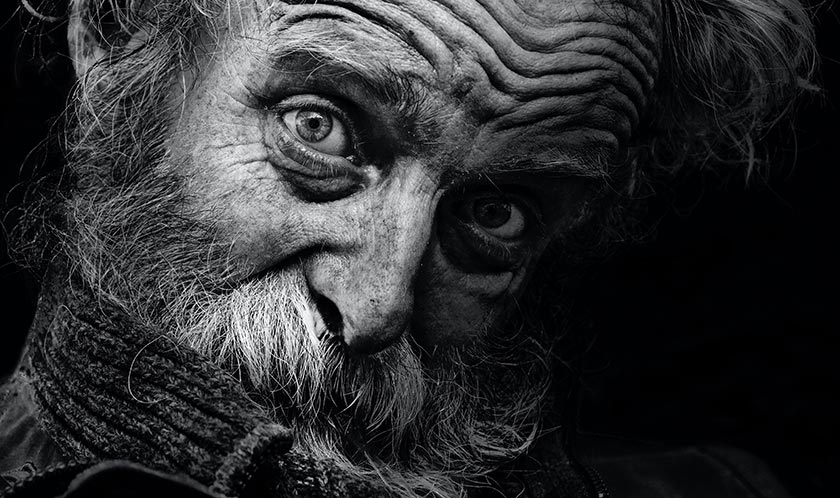Buzz Haven: Your Source for Trending Insights
Stay updated with the latest buzz in news, trends, and lifestyle.
Strike a Pose: Secrets to Captivating Portraits
Unlock the secrets to stunning portraits! Discover tips and tricks that will elevate your photography game and captivate your audience today!
5 Essential Posing Tips for Stunning Portraits
Capturing stunning portraits requires more than just a good camera; it demands an understanding of the art of posing. Here are 5 essential posing tips to elevate your portrait photography. First, consider the importance of body angles. Instead of having your subject stand square to the camera, encourage them to turn their shoulders slightly. This creates a more dynamic look, adding depth and interest to the photograph. A 45-degree angle is often the most flattering and helps in accentuating the subject's features.
Secondly, facial expressions can make or break a portrait. Encourage your subjects to relax and be themselves. Often, a genuine smile or a soft gaze can enhance the overall appeal of the image. Moreover, paying attention to hand placement can also improve the pose; for example, suggest gentle positions like resting hands on the hips or softly touching the chin. Finally, remember to direct your subjects on where to look; sometimes, gazing slightly off-camera can create a more candid and engaging feel.

How to Use Lighting to Enhance Your Portrait Photography
Lighting is one of the most crucial elements in portrait photography, as it can dramatically alter the mood, depth, and quality of your images. To achieve the best results, consider using natural light, such as shooting during the golden hour—shortly after sunrise or before sunset. This soft, diffused light creates beautiful skin tones and adds warmth to your portraits. Alternatively, if you're indoors, try positioning your subject near large windows to take advantage of the available daylight. Adjusting the angle and distance of your light source can also help enhance your subject's features, adding depth and dimension to their face.
In addition to natural light, artificial lighting can be an excellent tool for achieving professional-quality portrait photography. Utilizing equipment like softboxes and reflectors can help diffuse harsh shadows and create flattering highlights. Experimenting with different lighting setups, such as Rembrandt or butterfly lighting, can dramatically change the visual impact of your portraits. Remember to always consider the background and its interaction with your lighting choice. A well-lit subject against a well-exposed background will create a cohesive and engaging image that captivates the viewer.
Common Posing Mistakes to Avoid for Captivating Portraits
When crafting captivating portraits, avoiding common posing mistakes can significantly enhance the overall impact of your images. One of the most frequent errors is the stiff, overly posed look that can occur when models feel uncomfortable. To counteract this, encourage your subject to engage in natural movements. Simple actions like shifting their weight from one foot to another or gently tilting their head can make a world of difference. Additionally, ensure their hands don’t hang limply by suggesting they place them on their hips, in pockets, or even in motion, which adds dynamism to the portrait.
Another critical mistake is failing to consider the angles and perspectives that best flatter your subject. It's essential to experiment with different heights and distances to discover the most flattering angles. Often, shooting from slightly above the subject's eye level can create a more engaging composition, while common posing mistakes in low angles may distort features. Remember, communication is key; discuss poses with your subject and allow for candid moments that may arise during the shoot. This dialogue fosters comfort and can lead to unique poses that truly capture the essence of your subject.